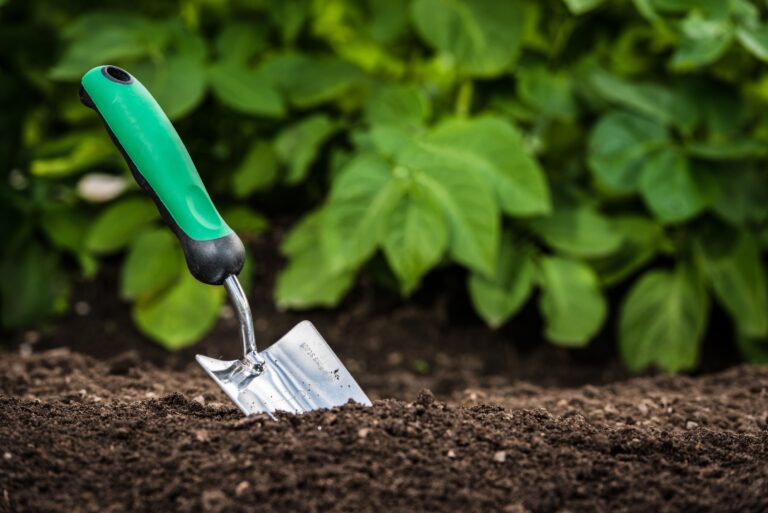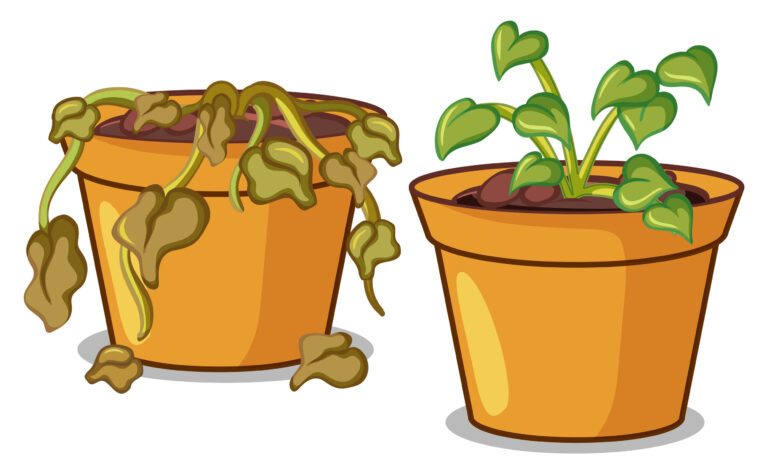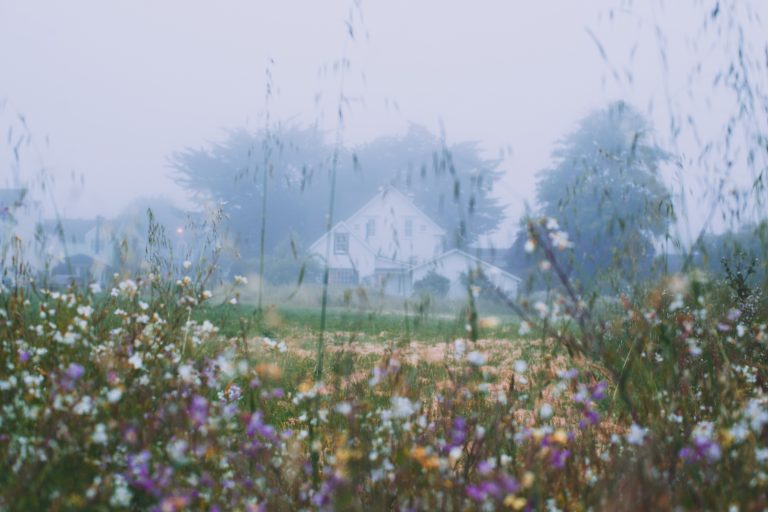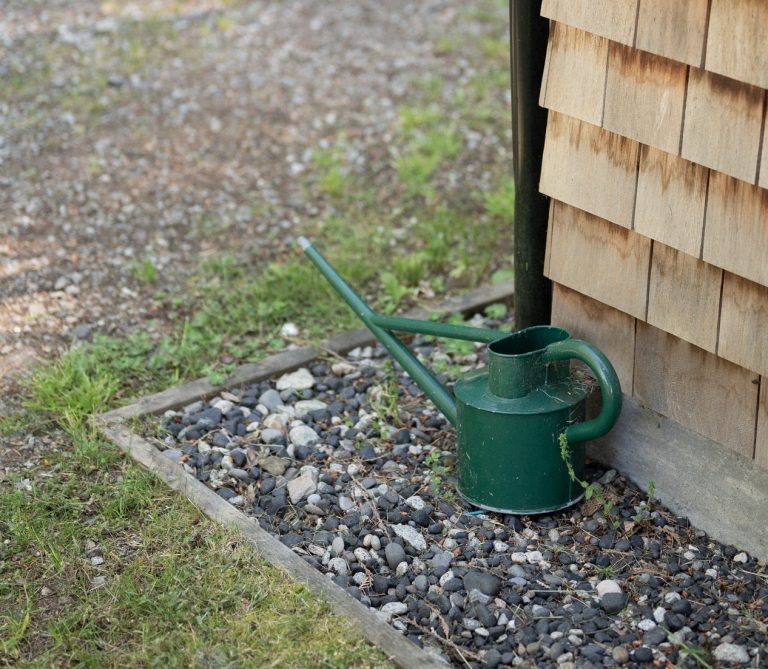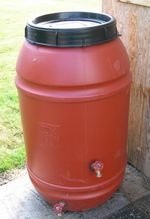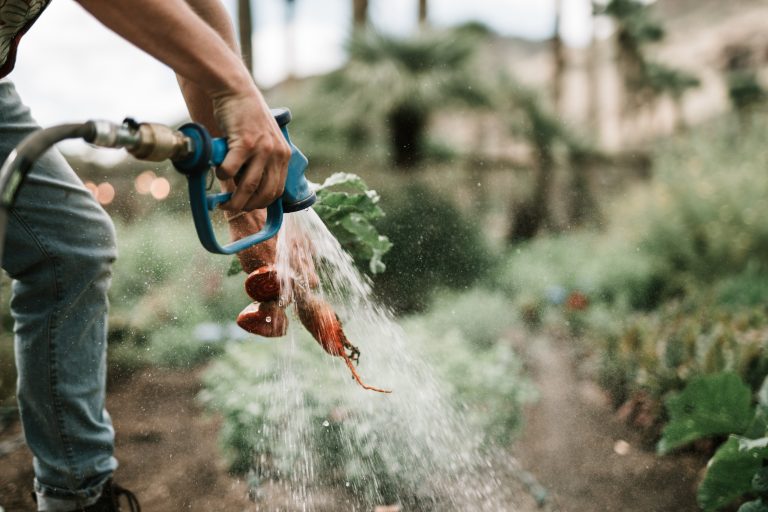Gardening is a beloved hobby for many, offering a sense of peace, accomplishment, and connection to nature. However, even the most well-intentioned gardener can fall prey to common mistakes that have the potential to turn this rewarding activity into a source of frustration. Understanding these pitfalls is crucial to maintaining a healthy, vibrant garden. This…
watering
6 Tips To Revive Wilted Plants
I mentioned recently that I have a little bit of a brown thumb. However, I’ve kept at gardening and learning about plants. I’ve improved over time. Along the way, I’ve picked up lots of tips to revive wilted plants. I wanted to share some of those with you today. What Causes Plants to Wilt? I…
5 Reasons to Keep Tabs On The Weather Forecast
I’ve only used my garden hose a handful of times this season. I filled my garden boxes up with perennials and a few plants from a local nursery and knew that I wouldn’t have the energy to keep things up and maintain the garden as I usually do. I was right. But by taking…
4 Frugal DIY Drip Irrigation Systems
Buying a fancy drip irrigation system is one way to go. But it’ll cost you. Instead, consider a DIY drip irrigation system. Either way, you’ll need to spend time installing irrigation, so why not save a few bucks, too? Benefits of drip irrigation You’ve got a hose or a sprinkler, so why invest…
Harvesting Rainwater for the Frugal Gardener
Gardening requires quite a bit of water. For many gardeners that means an increase in their water bill during the hot summer months. Statistics show that lawn and garden watering make up at least 40% of our total household water use. Frugal gardeners, however, can take advantage of rainwater by bringing back an age-old,…
Keep the Garden Well-Watered: 5 Tried & True Tools
Years ago, when, with the help of my dad, I started my first vegetable garden, I was vaguely aware of the importance of watering plants. I watered whenever I felt like it, and whenever it seemed like my plants yearned for moisture—it turns out many of the symptoms of overwatering and under watering are shockingly…
